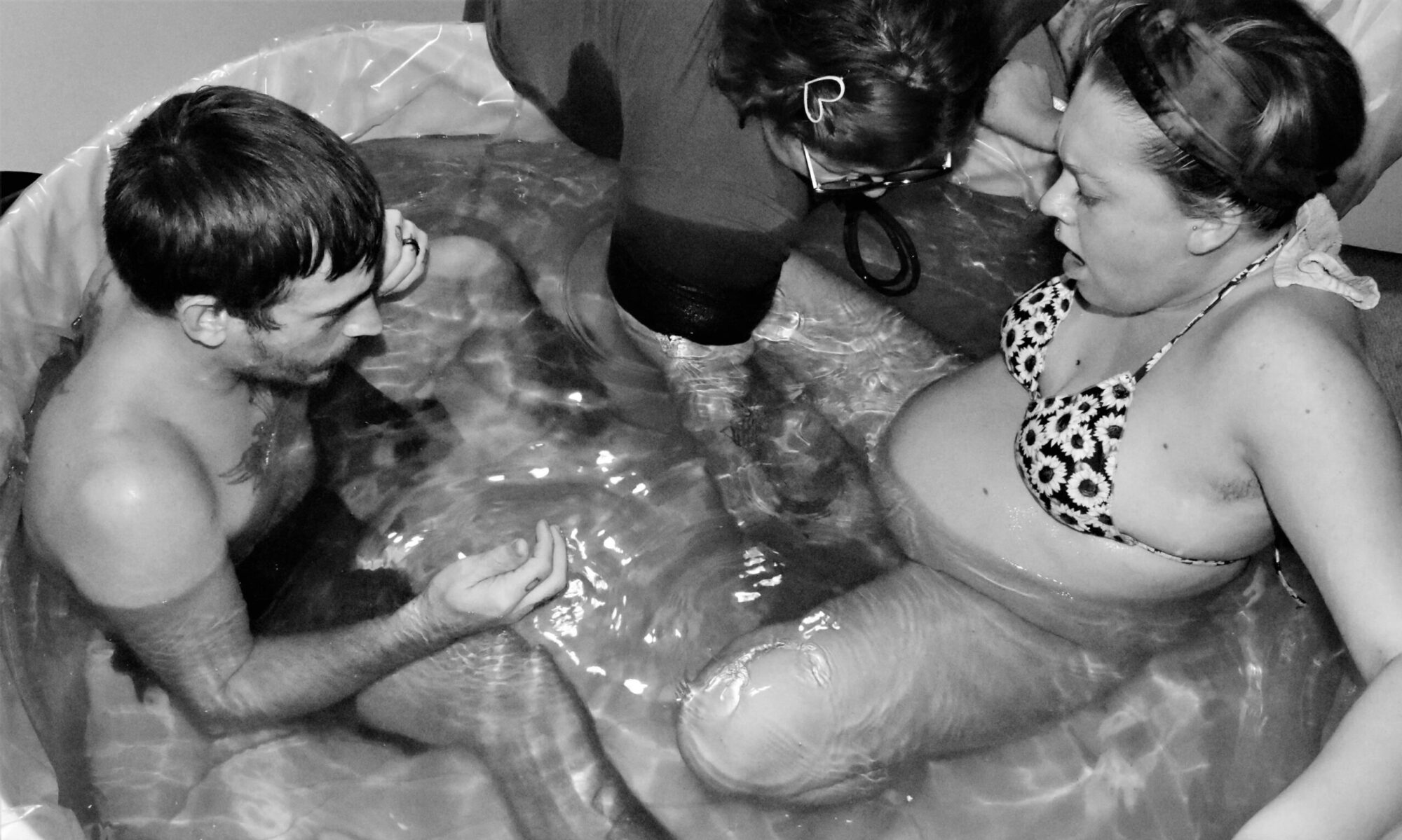Medical References relating to Optimal Fetal Positioning Hands/knees posture in late pregnancy or labour for fetal malposition (lateral or posterior).
Hofmeyr G. J., Kulier R. Cochrane Database Syst Rev. 2000;(2):CD001063.
Review: Hands/knees posture in late pregnancy or labour for fetal malposition (lateral or posterior). Hofmeyr G. J., Kulier R. Department of Obstetrics and Gynaecology, Coronation Hospital and University of the Witwatersrand, 7 York Road, Parktown 2193, Johannesburg, South Africa. 091just@chiron.wits.ac.za
BACKGROUND: Lateral and posterior position of the fetal presenting parts may be associated with more painful, prolonged or obstructed labour and difficult delivery. It is possible that maternal posture may influence fetal position.
OBJECTIVES: The objective of this review is to assess the effects of adopting a hands and knees maternal posture in late pregnancy when the presenting part of the fetus is in a lateral or posterior position.
SEARCH STRATEGY: We searched the Cochrane Pregnancy and Childbirth Group trials register and the Cochrane Controlled Trials Register. Date of last search: February 1999.
SELECTION CRITERIA: Randomised trials of hands and knees maternal posture compared to other postures.
DATA COLLECTION AND ANALYSIS: Both reviewers assessed trial eligibility and quality.
MAIN RESULTS: One trial involving 100 women was included. Four different postures (four groups of 20 women) were combined for the comparison with the control group of 20 women. Lateral or posterior position of the presenting part of the fetus was less likely to persist following 10 minutes in the hands and knees position compared to a sitting position (relative risk 0.25, 95% confidence interval 0.17 to 0.37).
REVIEWER’S CONCLUSIONS: Hands and knees maternal posture for lateral or posterior fetal presentation appears to result in short term effects ion fetal position. No other perinatal or maternal outcomes were reported. There is not enough evidence to evaluate the effectiveness of a hands and knees maternal posture when the fetal presenting part is lateral or posterior, on clinically important outcomes.
Jean Sutton having been appointed to Principal Midwife in her unit in NZ and introduced her OFP ideas she reduced her transfer (to consultant unit) from 30% to 5% and the forceps rate from 3 or monthly to 2 or 3 annually.
Here are some other references I’ve picked up along the way:
Nolan M. (1997). Jean Sutton and optimal fetal positioning. Modern Midwife, vol. 7 no. 1 pp. 15- 17 Sutton J. & Scott P. (1994).
Optimal fetal positioning: a midwifery approach to increasing the number of normal births. MIDIRS vol. 4, no 3 pp. 283 – 286 Sutton J. (1996).
A midwife’s observations of how the birth process is influenced by the relationship of the maternal pelvis and the foetal head. Journal of the Assoc. of Chartered Physiotherapists in Women’s Health, no. 79, pp. 31 -33 Walmsley K. (2000).
Managing the OP labour. MIDIRS vol. 10, no. 1 pp. 61 – 62 Denmark R. (2000).
Posterior Babies – Mothers can trust their instincts. AIMS Journal, Summer vol. 12 no. 2 Franco S. (2001).
Optimal Foetal Positioning: Rocking your way to a straightforward birth.
